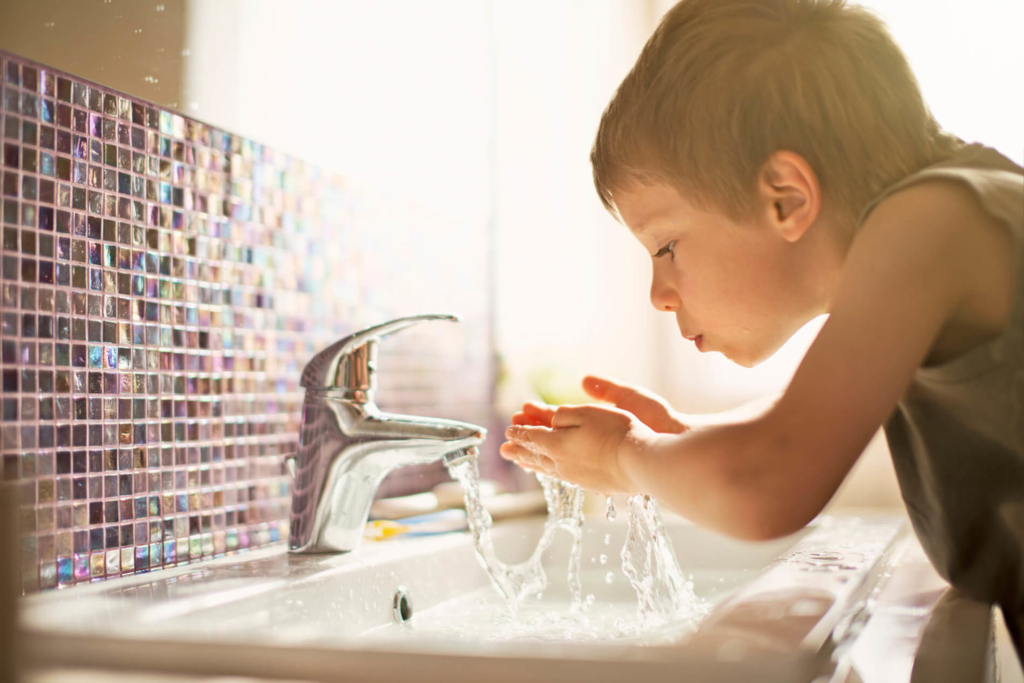We offer a lot of services pertaining to water. That’s what we’re all about! Most importantly, we are providing safe potable water—especially when it comes to water tank disinfection. It’s a hard job to do, but it also has the biggest return of happiness. The use of water storage tanks is really common for rural areas across the nation. And, homeowners are dependent on having this water remain safe for consumption. So, it’s important to disinfect and clean these tanks regularly.
Top Service — Water Tank Disinfection
A water tank holds a large volume of water. That’s why it’s such a big job to disinfect it. It must be done correctly and by the right people. In order to accomplish this massive task, you need the right concentration of chlorine and knowledge or what’s going on and what needs to be done.
Different Storage Tanks
Gone are the days when water tanks were made of redwood and fed by windmills. The traditional storage tank is now typically made of steel. Fiberglass and polyethylene are also other contenders for material. Today, there are thicker-walled carbon steel tanks for in-ground water storage. Above ground water tanks, on the other hand, are usually made out of one of three materials: galvanized steel, fiberglass, and white, black, and green polyethylene.
The sizes of these are going to vary as well. The design and weight of these structures are all taken into consideration as well. Smaller, poly tanks usually allow the viewer to see exactly where the water line is at. This makes it easier to know how much water is available—it’s more convenient and easier for everyone.
Contaminants That Could be Present
Our company and our services exist because contaminants come into contact with water all the time. The goal is to keep potable water clean and safe for as long as possible, but things happen. In a lot of cases, warm water temperatures can be found inside water storage tanks. This is heaven for corrosion and algae. Microorganisms and organic and inorganic residues thrive in this environment and start to grow in the tank. Obviously, this isn’t a good thing for the water inside. This affects the taste, odor, and potability. At first, these are harmless and hardly need to be any cause for alarm. However, changes in the water oxygen content, pH, and temperature can produce new residues that can start to damage the inside of the water tank. The possibility of rust and bacteria becomes very much a real thing to consider.
Bring in the Chlorine
Chlorine chemicals are key when it comes to water tank disinfection. The chemicals interact with organic matter, metals, sulfide, and ammonium. The chemical reactions occur together and create chlorine (chemical) demand. Because of this, all of the bad particles and bacteria are able to be killed off. So, how effective is this to cleaning everything out? Yes. Typically, chlorine-based disinfection is effective for most bacterial pathogens and some viruses. Sometimes the concentration of these chemicals needs to be higher or requires a longer setting time. This is why it’s better to contact professionals to do the job for you. It’s better to rely on someone that knows what needs to do rather than try and follow a DIY manual for the entire process.
When you need water tank disinfection, Matt-Chlor exceeds in providing our services. Give us a call or visit us online to learn what we can get done for you or your business.


